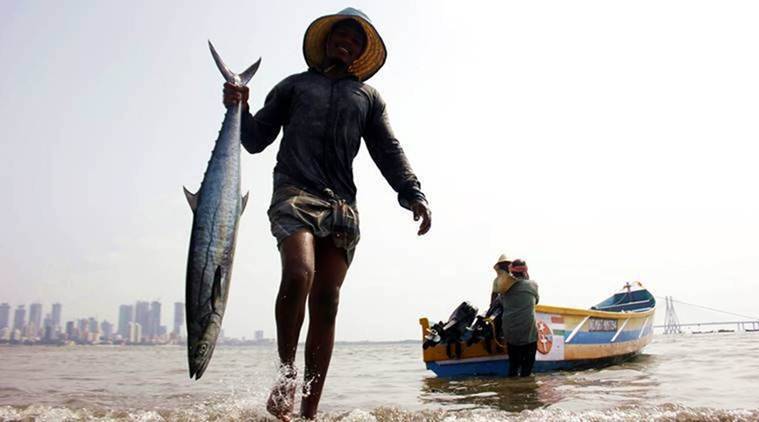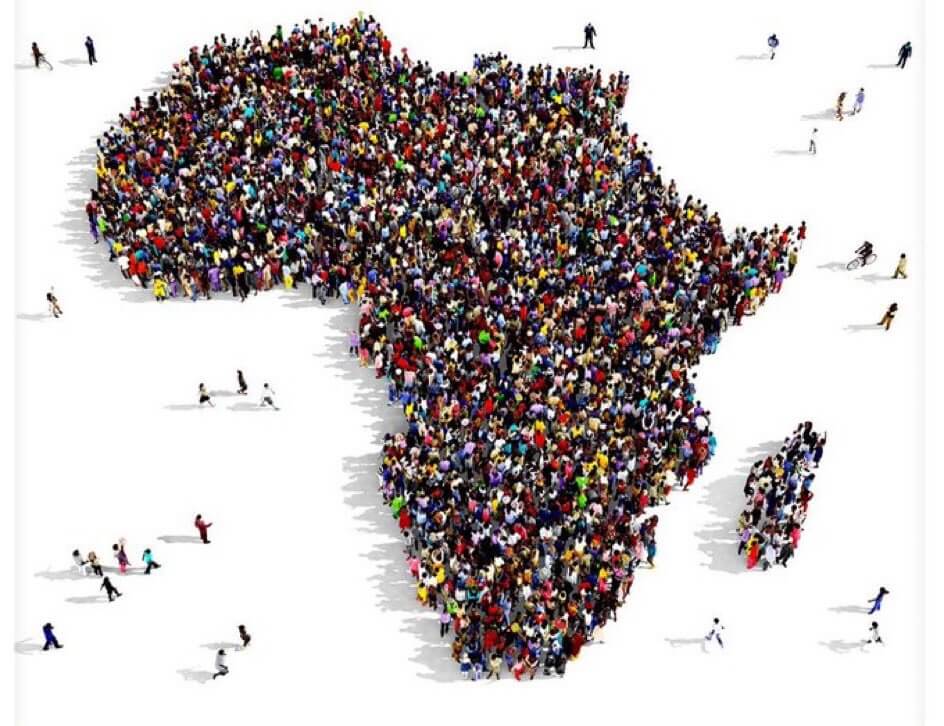The global seafood market size was valued at $160.2 billion in 2021 and is projected to reach $ 207.2 billion by 2030 at a CAGR of 2.9 per cent from 2022 to 2030.
A large portion of the world’s population is fed by the seafood sector, which has a substantial impact on the social and economic prosperity of various countries.
The seafood business encompasses a variety of species, including fish, prawns, shrimp, and crabs, with fish making up more than half of the market.

The popularity of health and fitness among millennials and young people is driving up demand for protein powder and nutritional supplements. Fish is a low-calorie source of protein, vitamins, and minerals that also helps develop muscle, therefore fish extracts are widely used in protein powders and dietary supplements.
Based on the sales channel, the seafood market is segmented into retail, foodservice, and institutional.The retail segment holds the largest share in the seafood market on account of the growing preference towards home-cooked food and rapidly expanding seafood restaurants. Foodservice, on the other hand, is the fastest-growing segment on account of the changing lifestyle of the customers.
Today, the customers prefer having exotic foods at restaurants rather than preparing themselves due to hectic work schedule and growing trend of dining out with friends and family, especially in the urban areas.
A study commissioned by the Centers for Disease Control and Prevention and National Center for Health Statistics shows that people consume seafood mostly at home, accounting for around 58 per cent of the total seafood consumption.
Europe to hold lion’s share in the seafood market
In 2018, about $22.1 billion worth of fish and seafood was imported in Europe, which was about USD 13.4 billion in 2015.
The developing countries account for about 70 per cent of share in Europe’s seafood market, and the top ten suppliers of seafood are India, China, Vietnam, Ecuador, Morocco, Bangladesh, Mauritania, Madagascar, Senegal, and Tanzania.
However, the COVID-19 outbreak has severely affected the region’s seafood market due to disruption in the supply chain and lockdown imposed by the governments.
The seafood import is projected to recover within two years in Europe. India and Morocco are expected to be the leading supplier of seafood after COVID-19 recovery to Europe.






